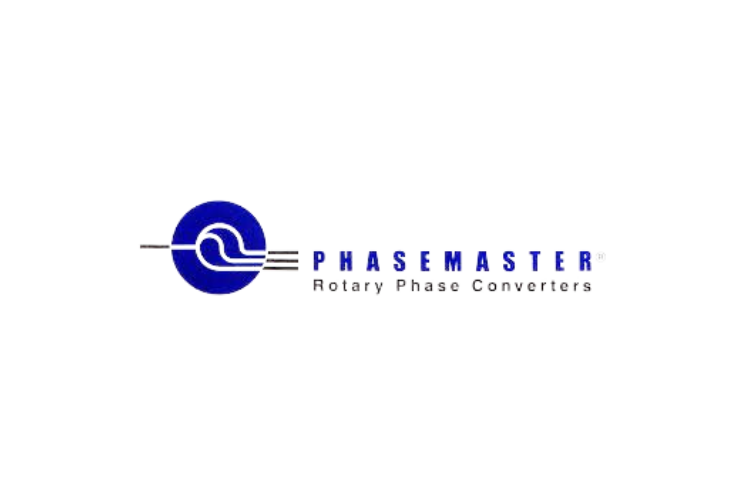Frame Sizes
What They Are, and Why They Are Important to Selecting the Correct Phase Converter
In 1964, the National Electrical Manufacturers Association (NEMA) established the current standard for “T” frame AC motors. The frame size specifies the diameter and length of the motor. Motors built to a particular frame size all have identical horsepower ratings.
Rotary phase converters are also built to standard NEMA T frames, but the horsepower ratings used for motors don’t apply to rotary phase converters. The reason is that voltages can shift during starting conditions, and a phase converter built on the same frame as a 30 HP motor would have a great deal of trouble starting any motor larger than 15 HP. This problem is compounded if the utility supply is variable.
In order to provide reliable service, a phase converter should be on a frame that is several sizes larger than the largest motor it is required to start.
Many manufacturers will give their phase converters the same nameplate rating as a motor built on the same frame. At the very least, we consider this optimistic. It assumes that the full load is never put on the phase converter, and that the utility maintains near perfect input voltage. At the worst, this could be disastrous. An improperly sized phase converter could actually harm your equipment.
Phasemaster rotary phase converters are the most conservatively rated in the industry. The nameplate rating on a Phasemaster phase converter never exceeds 50% of the rating of a motor built to the same frame size. If a Phasemaster phase converter is rated at 30 HP, the frame size is the same as that used for a 60 HP motor. What does that mean for you? It means your equipment will start and operate reliably every time, even if the utility is less than perfect.
